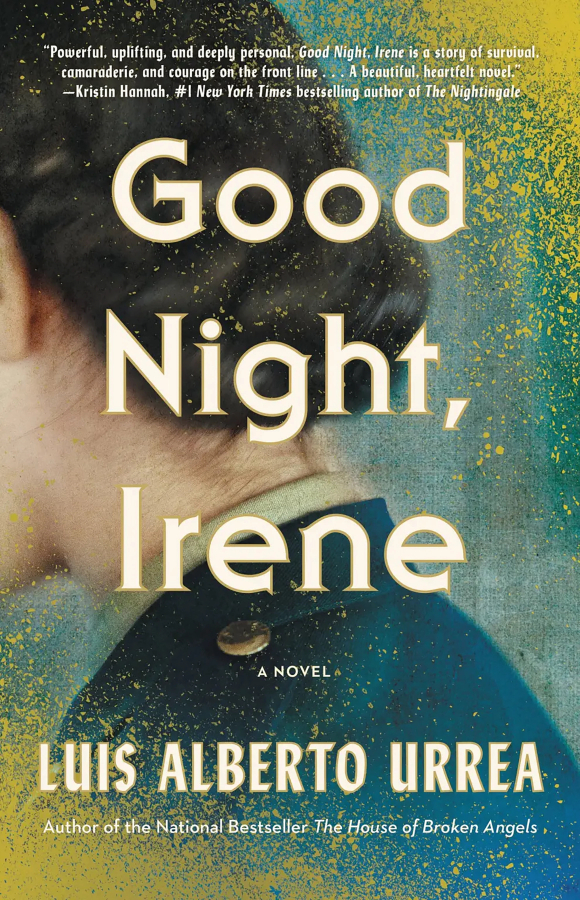Let’s try something new this summer.
Rather than burdening yourself with postcard dreams of a beach towel and a book, instead of picturing yourself inside a portrait of lazy mornings with a hammock and a Stephen King, toss out the bougie old summer reading mirage. Has it ever been attainable for more than an hour or two? Replace it — as I do, to the detriment of family, TV and sleep — with a small project. But not a project project. More like a personal dare.
Pick a theme for your summer reading and dive into it until Labor Day: Read only books banned in Florida. Or only Nordic noir, or only Asian sci-fi. Alternate novellas with epics. Or stick to novellas. Make a list so long you never finish it, but show up every day for it: Give yourself a minor degree in true crime or octopuses. Spend your summer scaling just the mountain of great Chicago-centric books so far this year — Jonathan Eig’s “King,” Catherine Lacey’s “Biography of X,” Aleksandar Hemon’s “The World and All That It Holds” — buttressing it with great Chicago books to come in the next eight weeks, and that list would go so long, you’d look up and see Halloween candy in Walgreens.
What follows are 13 choose-your-own-adventure themes for summer reading:
- Goofy Idea, Great Read
Evanston’s Daniel Kraus is one of those bubbling-under authors. He collaborated with George Romero on a “Living Dead” book, cowrote (with Guillermo Del Toro) the story that became “The Shape of Water.” But remember this title: “Whalefall” (Aug. 8). He has no collaborator here, and it should make him a star. I giggled for a full year at the premise: A man is trapped in a whale and must find a way out. Then I read it, luxuriated in it, and I could not stop reading it. Picture Jack London, but with a more nuanced handling of broken, damaged men. I’m not going to say much about “Oh God, the Sun Goes” (Aug. 1) by David Connor, only that it sells the dual feelings of awe and loss in an America where the sun has vanished suddenly. Likewise, “Time’s Mouth” (Aug. 1) only sounds corny if you have never read Edan Lepucki. Time itself narrates, then the story slides, touchingly, through generations of women in a family nursing pain — but also shouldering an ability to time travel into their pasts. Think less sci-fi than magic realism.
- Read Locally, Think Globally
In Luis Alberto Urrea’s “Good Night, Irene” — a summer sleeper hit if there ever was — the Chicago novelist tells a slightly autobiographical story culled from his mother, a Red Cross volunteer during World War II, and a resulting patchwork of memories: friendships, fleeting run-ins, explosions of surrealism, moral abandonment. All of which was held tight for decades by his mother, whose post-traumatic stress went undiagnosed. The beauty of the book is how lightly it wears violence without ever completely removing it from the corner of your eyes. You can feel the Oscar-ready movie bubbling between the lines. Same goes for Julia Fine’s ambitious “Maddalena and the Dark” (June 13): To say it reminds you of “Black Swan” is to say it captures a visceral, obsessive friendship between two young women in the throes of creating art. In this case, Fine paints 18th-century Venice, and the passions of Vivaldi’s prodigies, while making room (unlike “Black Swan”) for a gothic romance about a feverish adolescence.



